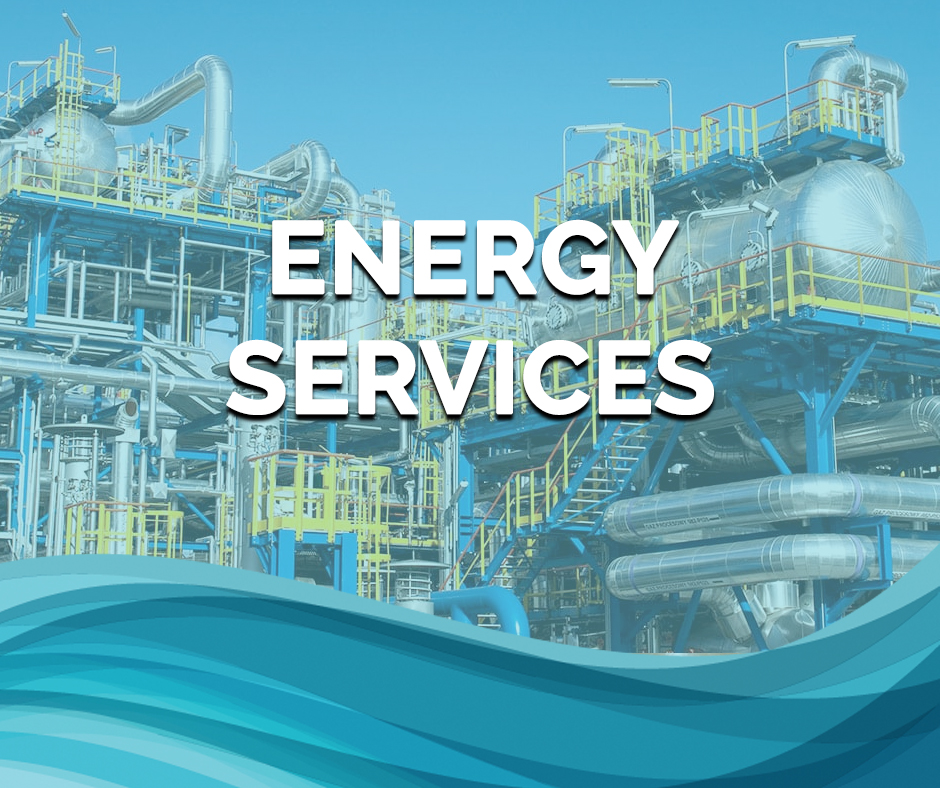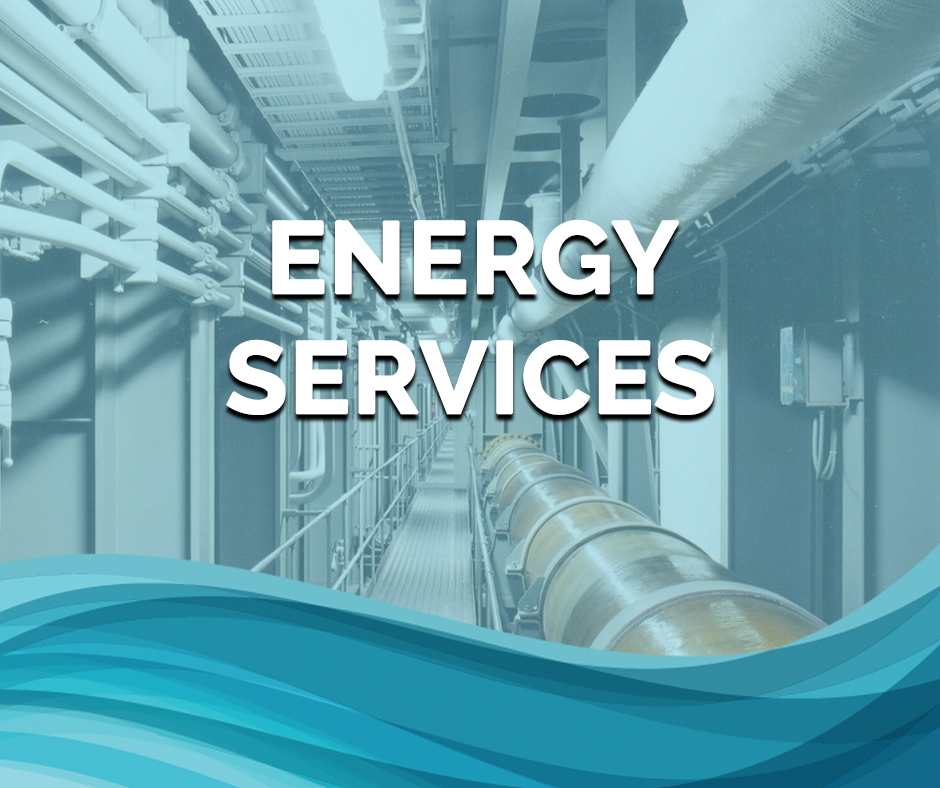Canada’s oil and gas industry has always been of great interest to investors and traders all over the world. There are many reasons why Canada’s oil and gas sector is so attractive, but perhaps the most significant is the country’s abundant natural resources. Canada is considered one of the world’s largest oil and gas producers and is, in fact, the fifth-largest producer of oil in the world.
The oil and gas industry provides jobs to more than 500,000 Canadians and contributes billions of dollars to the country’s economy every year. However, Canada’s oil and gas industry is not without its challenges. Developing natural resources in a sustainable and environmentally friendly manner is a significant concern for many Canadians and international organizations.
Recently, the oil and gas industry in Canada has been faced with challenges such as a downturn in prices, increased regulatory scrutiny, and a lack of pipeline infrastructure. There have also been increasing concerns about climate change, which has put pressure on the industry to reduce its carbon footprint.
Despite these challenges, Canada’s oil and gas industry remains a vital contributor to the country’s economy. The industry is exploring new ways to improve efficiency, reduce emissions, and implement new technology to ensure sustainable resource development.
One way the oil and gas industry is pursuing sustainable development is through the use of renewable energy. There are several projects underway, such as wind and solar power generation, which are being used to power the industry’s operations and reduce its carbon footprint.
Another significant development in the oil and gas industry in Canada is the increased investment in natural gas. Natural gas is an excellent fuel source for electricity generation, and the industry is exploring new ways to use this resource to reduce emissions and mitigate climate change.
The industry is also exploring new exploratory technologies, such as seismic surveys and advanced drilling techniques, to improve resource discovery and extraction. These advanced techniques can help to improve efficiency and reduce costs, making resource development more sustainable and economically viable.
In conclusion, Canada’s oil and gas industry is continually evolving and adapting to meet the challenges of today’s changing energy landscape. While there are concerns about the industry’s impact on the environment, the industry remains a vital contributor to the country’s economy. With ongoing investment in renewable energy, natural gas, and new exploratory techniques, Canada’s oil and gas industry has a bright future ahead.
Quilbot edited version:
Canada is renowned worldwide for its oil and gas industry, primarily due to its vast natural resources and the significant economic contributions it provides. As the world’s fifth-largest oil producer, the industry employs over 500k Canadians, generating billions in revenue. Although, there are a plethora of challenges that the industry is grappling with, including environmental concerns, regulatory scrutiny, pipeline maintenance, and decreased prices. The industry has undergone a transformation to ensure sustainable resource development, utilizing renewable energy, particularly wind and solar power, to reduce its carbon footprint and recreate a positive impact on the environment.
An emerging trend in the oil and gas sector is the rising interest in natural gas. With its lower CO2 emissions for electricity generation, natural gas is a potential fuel source to combat the climate changes faced by the industry. Advanced drilling and seismic surveys are utilized in resource extraction, which improves efficiency, cuts costs, ensures sustainability and viability. All these developments indicate that the oil and gas sector in Canada is preparing for the future by exploring new, renewable sources of energy and innovating new extraction techniques.
Therefore, the industry mitigates climate changes and provides an economic backbone to the country’s economy. While there may be concerns over the industry’s carbon footprint, this industry can play an essential role in driving economic growth and job creation, both in Canada and worldwide. With technological advancements and innovative strategies, Canada’s oil and gas sector displays continued growth and prosperity in the future.

 Another widespread misunderstanding is that SCADA is costly and requires extensive upkeep.
Another widespread misunderstanding is that SCADA is costly and requires extensive upkeep. 
 It is fairly obscure outside the sector but energy rates and efficiency can be boosted and the reality is that is the primary challenge for just about any energy solutions company.
It is fairly obscure outside the sector but energy rates and efficiency can be boosted and the reality is that is the primary challenge for just about any energy solutions company.  Field energy services organizations offer a wide array of service like meter proving, sampling and analysis, electrical and instrumentation, construction, automation and controls and even software solutions. Overall though we’re on the cusp of a paradigm shift within this sector due largely in part to the pandemic that has gripped the world over the past 6 months.
Field energy services organizations offer a wide array of service like meter proving, sampling and analysis, electrical and instrumentation, construction, automation and controls and even software solutions. Overall though we’re on the cusp of a paradigm shift within this sector due largely in part to the pandemic that has gripped the world over the past 6 months.
